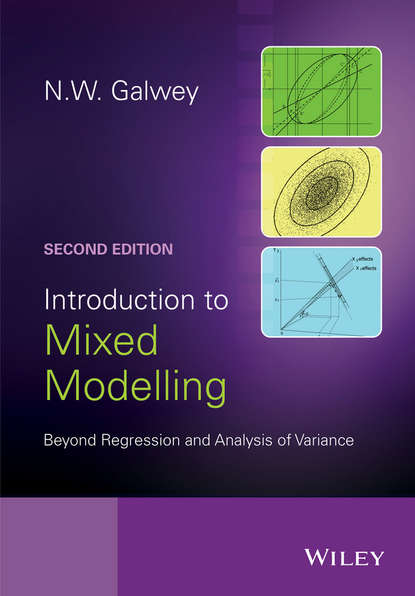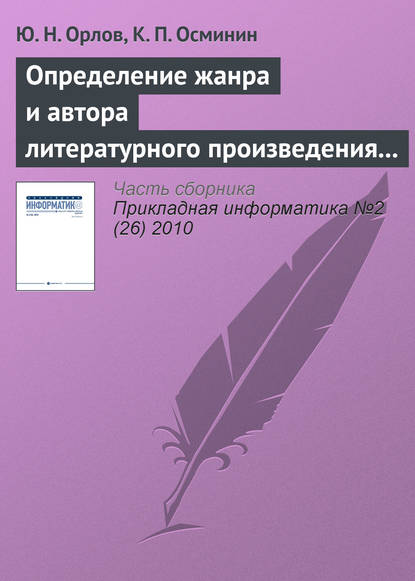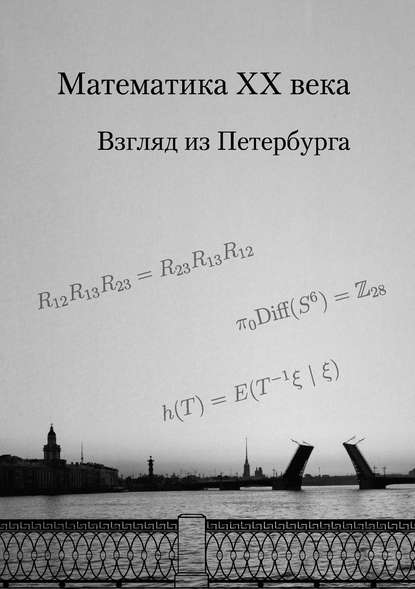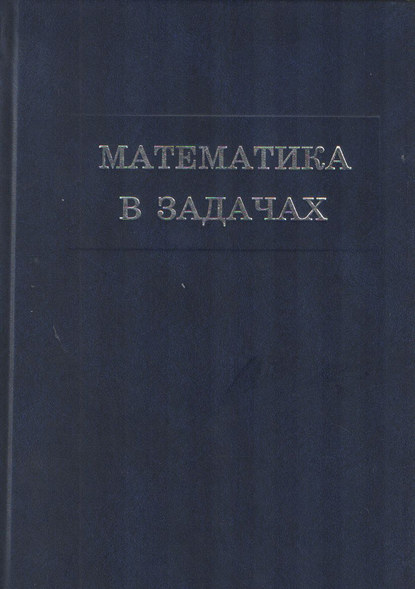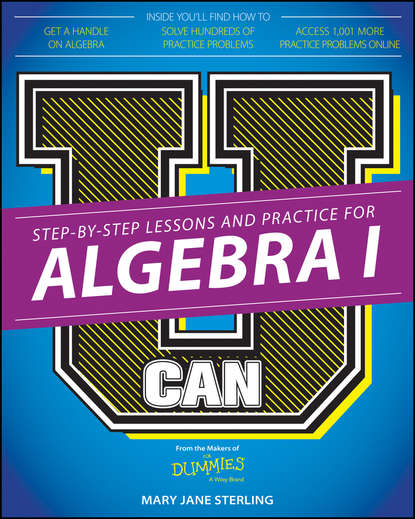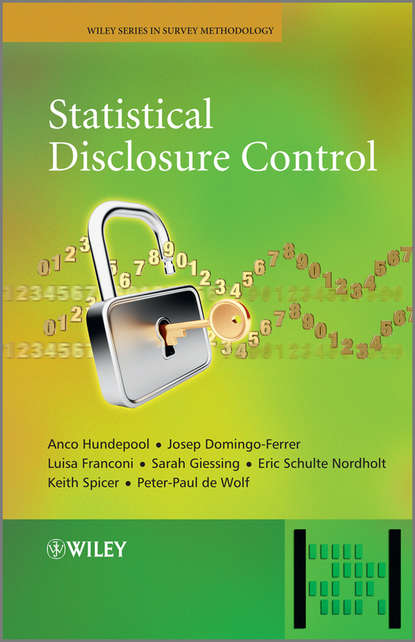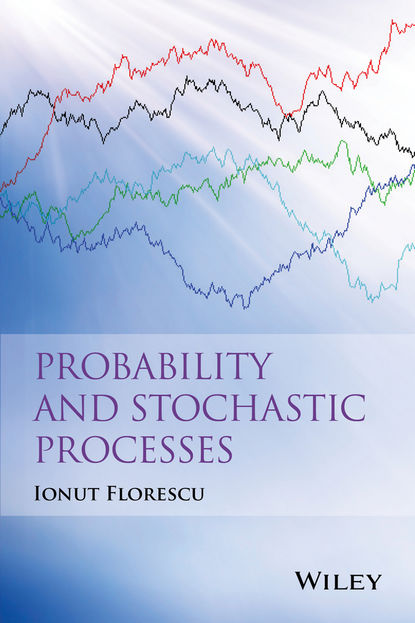"Introduction to Mixed Modelling. Beyond Regression and Analysis of Variance" - это книга, которая знакомит читателей с современным подходом к статистическому анализу данных, основанном на использовании смешанных моделей. Авторы книги объясняют, что такое смешанные модели и как они являются естественным продолжением регрессионного анализа и анализа дисперсии. Книга ориентирована на практическое применение смешанных моделей и содержит многочисленные примеры и решения задач. В новом издании книги также представлены новые темы, такие как мета-анализ, проблема множественных тестов и байесовское толкование смешанных моделей. Книга рассчитана на студентов последних курсов бакалавриата, аспирантов и научных сотрудников, работающих в различных научных областях, включая статистику, биологию, биоинформатику, медицину, сельское хозяйство, инженерию, экономику, археологию и географию. Книга получила положительные отзывы от экспертов, которые отмечают ее практическую направленность и широкую область применения в различных областях науки.
Электронная Книга «Introduction to Mixed Modelling. Beyond Regression and Analysis of Variance» написана автором N. Galwey W. в году.
Минимальный возраст читателя: 0
Язык: Английский
ISBN: 9781118861813
Описание книги от N. Galwey W.
Mixed modelling is very useful, and easier than you think! Mixed modelling is now well established as a powerful approach to statistical data analysis. It is based on the recognition of random-effect terms in statistical models, leading to inferences and estimates that have much wider applicability and are more realistic than those otherwise obtained. Introduction to Mixed Modelling leads the reader into mixed modelling as a natural extension of two more familiar methods, regression analysis and analysis of variance. It provides practical guidance combined with a clear explanation of the underlying concepts. Like the first edition, this new edition shows diverse applications of mixed models, provides guidance on the identification of random-effect terms, and explains how to obtain and interpret best linear unbiased predictors (BLUPs). It also introduces several important new topics, including the following: Use of the software SAS, in addition to GenStat and R. Meta-analysis and the multiple testing problem. The Bayesian interpretation of mixed models. Including numerous practical exercises with solutions, this book provides an ideal introduction to mixed modelling for final year undergraduate students, postgraduate students and professional researchers. It will appeal to readers from a wide range of scientific disciplines including statistics, biology, bioinformatics, medicine, agriculture, engineering, economics, archaeology and geography. Praise for the first edition: “One of the main strengths of the text is the bridge it provides between traditional analysis of variance and regression models and the more recently developed class of mixed models…Each chapter is well-motivated by at least one carefully chosen example…demonstrating the broad applicability of mixed models in many different disciplines…most readers will likely learn something new, and those previously unfamiliar with mixed models will obtain a solid foundation on this topic.”—Kerrie Nelson University of South Carolina, in American Statistician, 2007
